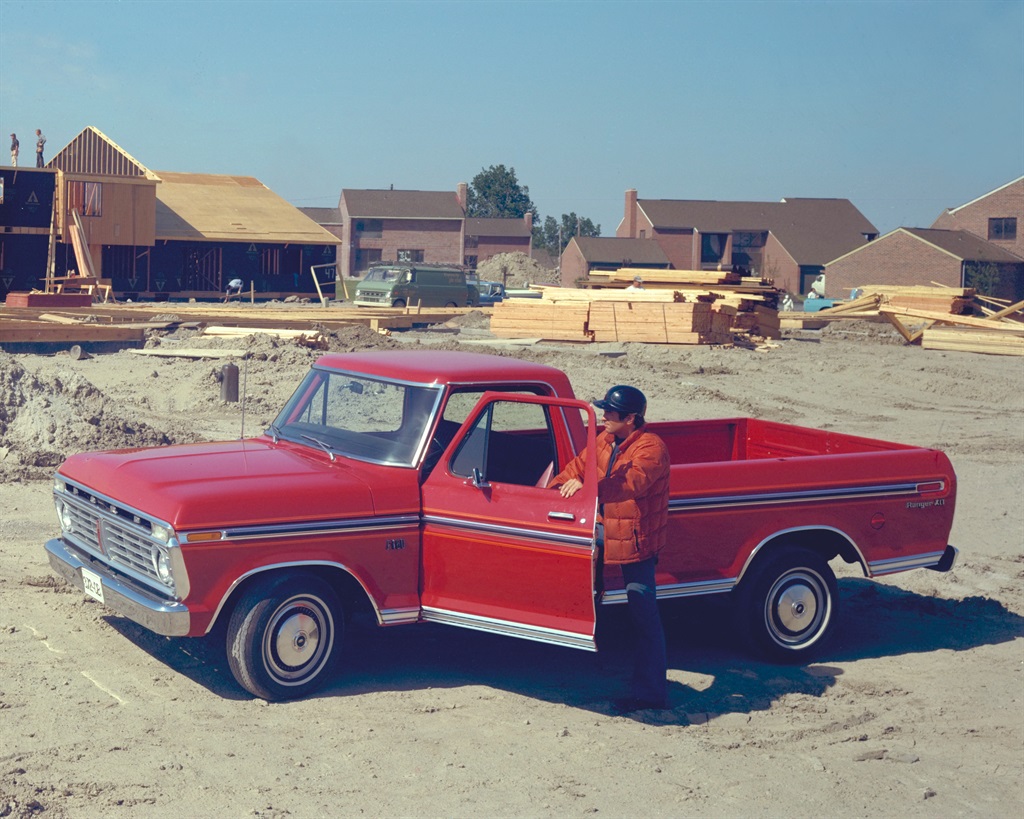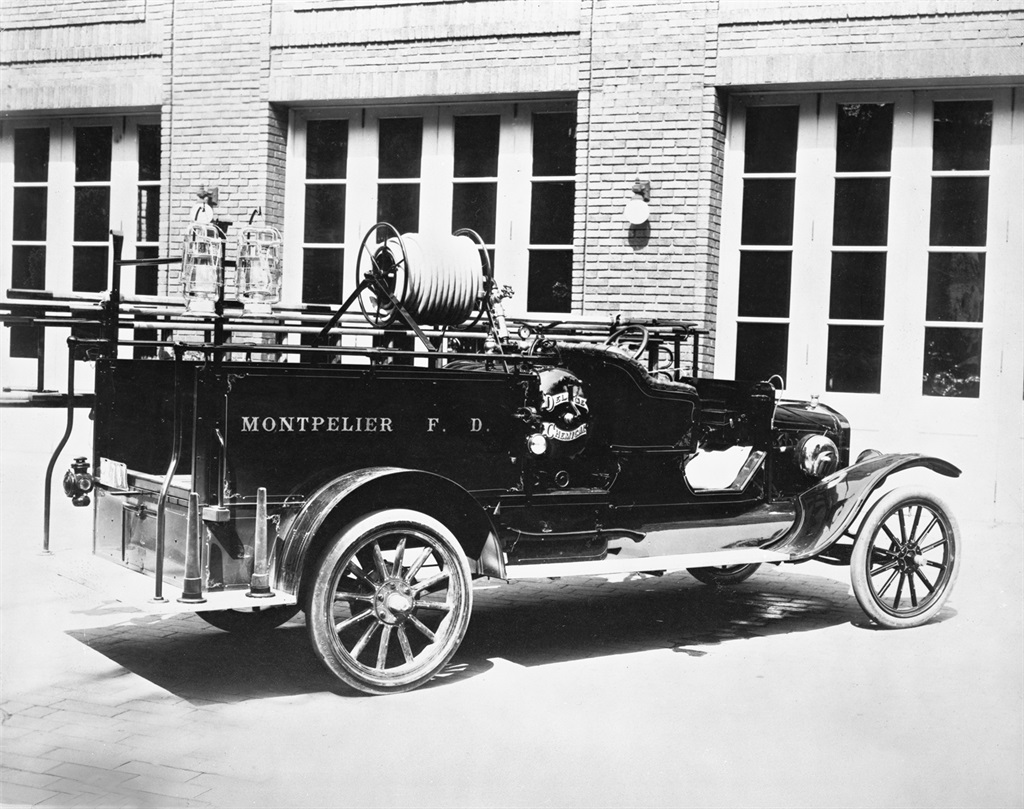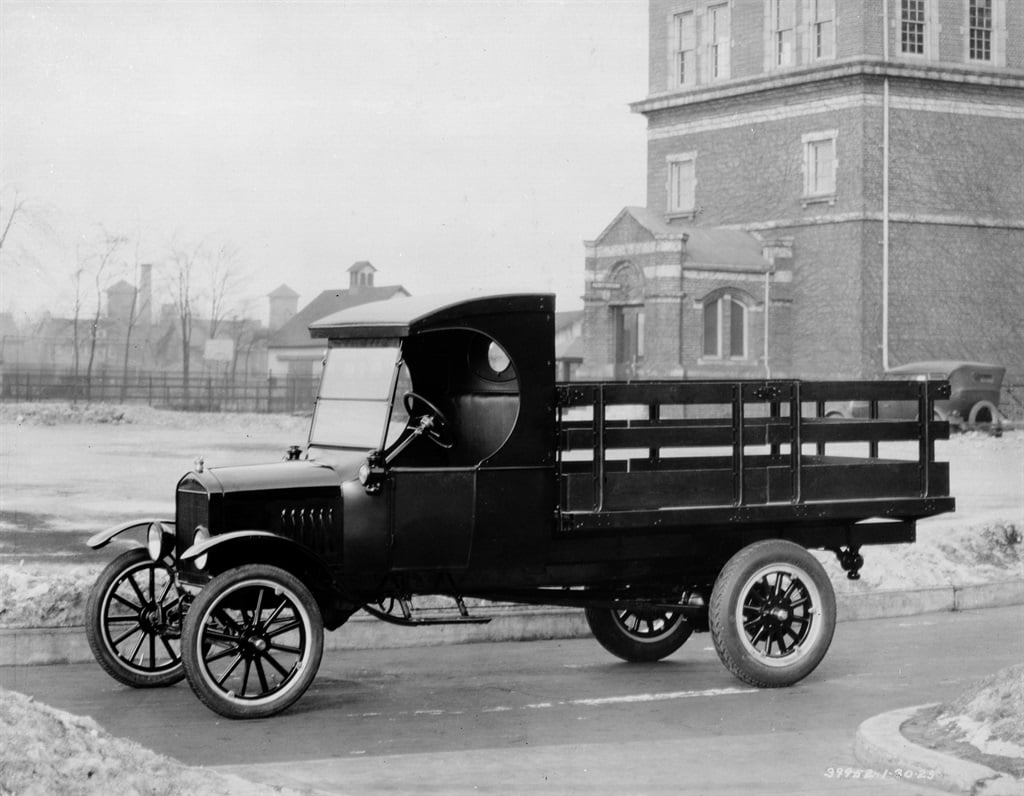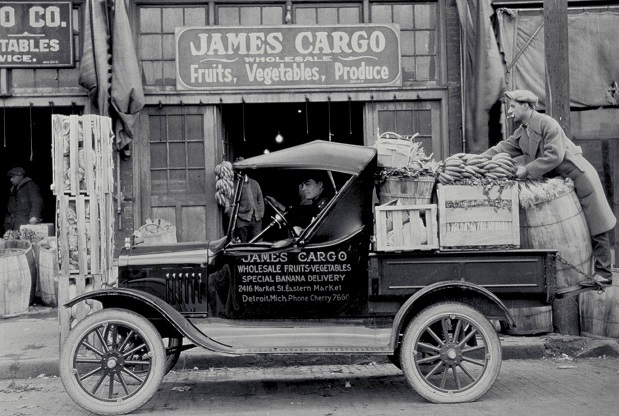- Ford has been building bakkies for more than 100 years.
- The Model TT solidified Ford's focus on dependable vehicles.
- Passenger car-based utility was considered revolutionary at the time.
South Africans love their bakkies, and the factual evidence of this lies in both new and used vehicle sales, where the versatile bakkie continues to secure its place near the summit. Bakkies are essentially the high-mileage fabric of South African transport and are synonymous with our everyday cultures and lives.
This heritage month, News24 Motoring will be taking a closer look at the evolution of the locally manufactured Ford Ranger, a nameplate that hardly needs an introduction. Yet, its history is a fascinating confluence of watershed moments. Its timeline isn't just about vehicle development but also parallels the world it was trying to progress.
READ | Sierra, Cortina, Capri Perana - These Ford bespoke SA-only models carry a rich Heritage
Launched in the US in 1982, the mid-sized Ranger was 'Built Ford Tough' at its core, with new levels of affordability and efficiency that customers demanded. Four decades later, Ranger is an essential part of Ford's winning global truck portfolio, selling in more than 180 markets worldwide – a lot of that supply is credited to Ford's Silverton manufacturing plant based in Pretoria.
But where did it all start? Where did the Ranger's name come from? And how has the Ranger evolved from its humble beginnings as a work truck to include smart features that enable owners to use them daily as a multi-purpose lifestyle vehicle?
Ford's truck history
Ford has been building trucks for more than 100 years – and even longer if you dig back to the company's origins. In fact, the third vehicle that company founder Henry Ford ever built was a truck, back in 1900 – three years before the Ford Motor Company was incorporated.
Ford introduced light commercial vehicles as early as 1905, but it wasn't until 1917 that Ford permanently entered the truck business with the Model TT. Based on the Model T, the TT had a reinforced chassis and rear axle that allowed the early versions to carry one ton.
'Built stronger to last longer', the Model TT solidified Ford's focus on dependable vehicles that were designed and engineered for hard work. Since then, Ford trucks have helped forge nations and industries, growing over a century into the world's best-selling truck brand.
The evolution of the light pickup
In mid-1933, Hubert French, then managing director of the Ford Motor Company of Australia, received a letter from a farmer's wife in Gippsland, Victoria. She wrote: "My husband and I can't afford a car and a truck, but we need a car to go to church on Sunday and a truck to take the pigs to market on Monday. Can you help?"
French handed the letter to 23-year-old Lewis (Lew) Bandt, who immediately set about creating a dual-purpose vehicle that offered farmers and tradesmen the comfort of a car and an open cargo space for work when required.
Bandt's take on the passenger car-based utility was considered revolutionary then. Until the early 1930s, many auto manufacturers and vehicle bodybuilders had constructed wooden or metal 'utility' bodies on car chassis.
Bandt's design was different. He created his utility as a coupe (two-passenger, steel-panelled, glass-windowed car) with an integrated steel-panelled load-carrying section at the rear. He blended the 'pickup' sides into a coupe body, which provided a cleaner profile and increased load area behind the cabin.
The first production models rolled off the line in 1934, and between 1940 and 1954, more than 22 000 were sold. The original Bandt-designed Ford ute paved the way for what has become some of the world's biggest-selling vehicles – the pickup or bakkie.
Not only was it an Australian invention – much to the dismay of South Africans -but the concept has been exported to the world, reinterpreted by other manufacturers and has gained a legion of fans everywhere.
Next, we'll unpack the Ranger nameplate, which has been part of Ford's truck story for almost 60 years!




 Publications
Publications
 Partners
Partners

















